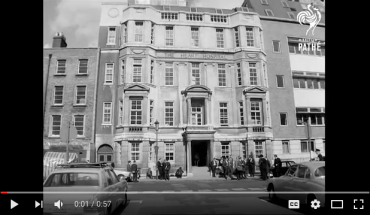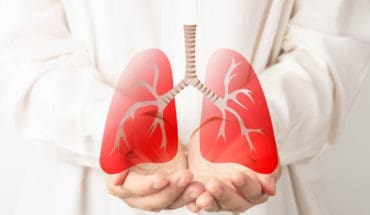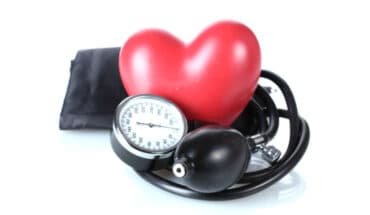For a long time, it was thought that the heart muscle was post-mitotic – meaning the heart cells (that are responsible for the contraction of the heart, the cardiomyocytes) you were born with, you died with; there was no replenishment of new cardiomyocytes throughout life. In fact, over the last two decades, scientists have shown that the heart’s cardiomyocytes can be renewed over time, just very slowly. In 2009, came the seminal publication that in the human heart cardiomyocytes self-renew at a rate of around 1 per cent per year at the age of 25. By the time, you reach 75, this annual renewal rate has dropped to 0.5 per cent. The reason that cardiomyocytes regenerate is due to the presence of a small but important population of cardiac stem cells in the human heart. In an average lifetime, about 50 per cent of the heart tissue is replaced. In healthy people, this slow regeneration is enough to repair heart muscle tissue lost through normal wear-and-tear, but the system fails when it comes to trying to repair major damage caused by heart attacks or heart failure.
My team at King’s College, London have found that it is possible to replace damaged cardiomyocytes through using cardiac stem cells. This is good news for the estimated 750,000 people in the UK affected by heart failure, who will one day be able to have therapeutic treatment utilizing their cardiac stem cells which will be able to repair their hearts. Cardiac stem cells may be rare in the human heart but they can be grown outside the body in a lab to reach millions of cells all derived from one single cardiac stem cell. In 2013, we published a paper showing that cardiac stem cells which are isolated and propagated in the lab and then injected back into the circulation of a rat, will naturally home in towards the damaged heart. We proved that it wasn’t just damaged tissue that attracted them since the cardiac stem cells were not attracted by damaged skeletal muscle for example. We found that as well as being able to make new cardiomyocytes, cardiac stem cells also secrete certain chemical factors which improve new blood vessel formation, the survival of existing cardiomyocytes and prevent scar formation in the heart, giving not just a regenerative effect but a protective one too.
We are now looking at ways to revive older cardiac stem cells, which become senescent and dysfunctional with increased age. So far, our research is offering promising results that we will be able to ‘turn back time’ and rejuvenate these older cells, making them just as effective at manifesting new cardiomyocytes as younger intact cardiac stem cells. We hope to publish our results later this year.
- New Hearts for old - 24th April 2016






